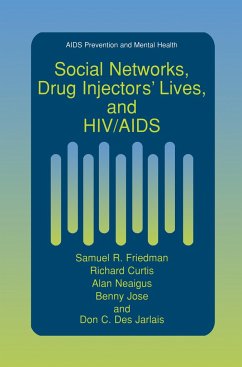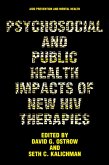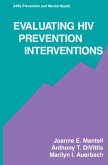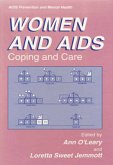Social Networks, Drug Injectors' Lives, and HIV/AIDS recognizes HIV as a socially structured disease - its transmission usually requires intimate contact between individuals - and shows how social networks shape high-risk behaviors and the spread of HIV.
The authors recount the groundbreaking use of social network methods, ethnographic direct-observation techniques, and in-depth interviews in their study of a drug-using community in Brooklyn, New York. They provide a detailed documentary of the lives of community members. They describe drug-use, the affects of poverty and homelessness, the acquisition of money and drugs, and social relationships within the group.
Social Networks, Drug Injectors' Lives, and HIV/AIDS shows that social networks and contexts are of crucial importance in understanding and fighting the AIDS epidemic. These findings should revitalize prevention efforts and reshape social policy.
The authors recount the groundbreaking use of social network methods, ethnographic direct-observation techniques, and in-depth interviews in their study of a drug-using community in Brooklyn, New York. They provide a detailed documentary of the lives of community members. They describe drug-use, the affects of poverty and homelessness, the acquisition of money and drugs, and social relationships within the group.
Social Networks, Drug Injectors' Lives, and HIV/AIDS shows that social networks and contexts are of crucial importance in understanding and fighting the AIDS epidemic. These findings should revitalize prevention efforts and reshape social policy.
`This is an interesting, important, and well-written book. It contains a great deal of useful new information about the risk behaviours of drug injectors and how they respond or fail to respond to those risks... The book provides detail about how individual drug injectors understand and try cope with these immediate risks. It stands as a considerable achievement and one from which all who work in this field can learn.'
Addiction, 95:8 (2000)
"This book represents the culmination of a decade's work by consummate researcher-advocates who are not content to disseminate their findings in peer-reviewed scientific journals but who wish to build on research findings to improve the lives of the people they have studied. Pragmatism and the desire to produce change permeate all 13 chapters of this book."
(Karen McKinnon, Psychiatric Services, April 2001)
Addiction, 95:8 (2000)
"This book represents the culmination of a decade's work by consummate researcher-advocates who are not content to disseminate their findings in peer-reviewed scientific journals but who wish to build on research findings to improve the lives of the people they have studied. Pragmatism and the desire to produce change permeate all 13 chapters of this book."
(Karen McKinnon, Psychiatric Services, April 2001)
`This is an interesting, important, and well-written book. It contains a great deal of useful new information about the risk behaviours of drug injectors and how they respond or fail to respond to those risks... The book provides detail about how individual drug injectors understand and try cope with these immediate risks. It stands as a considerable achievement and one from which all who work in this field can learn.' Addiction, 95:8 (2000) "This book represents the culmination of a decade's work by consummate researcher-advocates who are not content to disseminate their findings in peer-reviewed scientific journals but who wish to build on research findings to improve the lives of the people they have studied. Pragmatism and the desire to produce change permeate all 13 chapters of this book." (Karen McKinnon, Psychiatric Services, April 2001)








